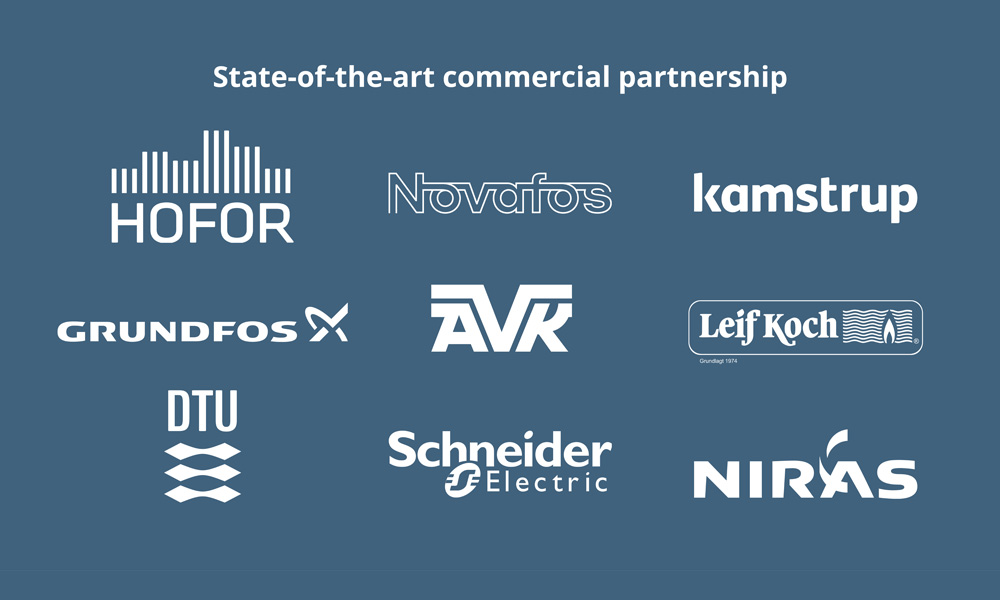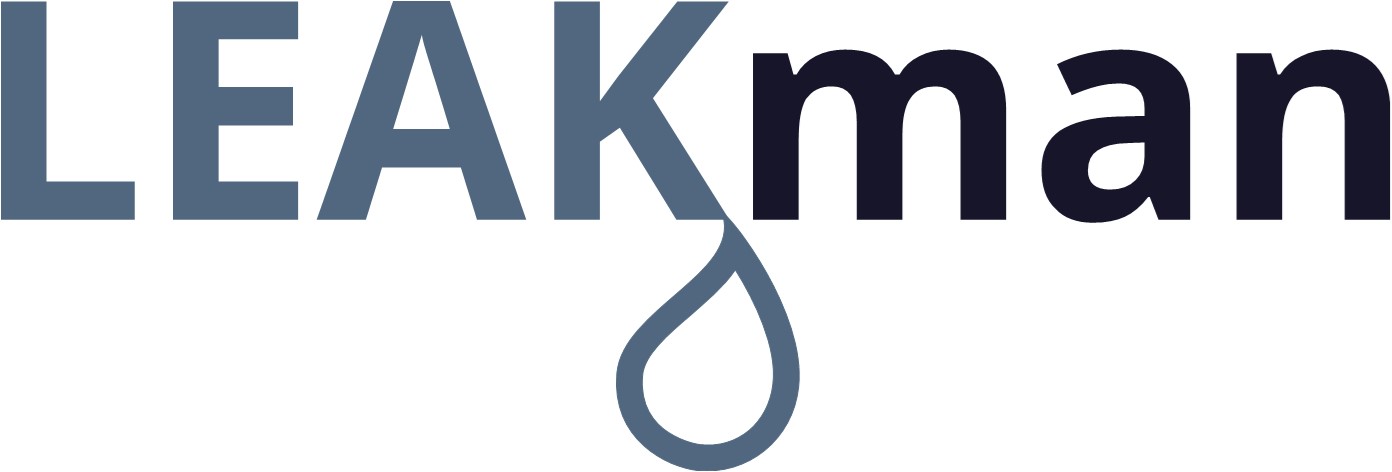LEAKman
The flagship solution
With the technologies available today the need for cross cutting solutions that integrates multiple components and systems is bigger than ever before. As an offspring to this, nine Danish partners representing technology providers, consultants, water utilities and the Technical University of Denmark developed the LEAKman concept which integrates the major components of a modern NRW Management system. Each of the partners are leaders within their field of expertise, delivering world-class products and knowledge for leakage management.

The LEAKman concept encompasses the partners’ combined knowledge from the sector, and applies international best practices form mainly IWA, AWWA and SWAN. LEAKman thus integrates all available systems and technologies used by water utilities and apply these actively for NRW Management & Water Loss Control.
LEAKman is designed as a Smart Water System that seeks to provide seamless interfaces in-between the ICT systems available to provide a holistic overview of the state of the network by online monitoring of performance indicators that will provide a unique overview to define and initiate performance improvement initiatives.
Water lost is money lost
Water loss is a massive challenge world-wide. A devastating amount of valuable and clean drinking water is lost due to leaking pipes and overflows or not accounted for due to metering inaccuracies and illegal connections. In great parts of the world this results in an overextraction of limited water resources to balance what has been lost or not accounted for.
Non-Revenue Water (NRW) is calculated as the difference between the amount of water a utility supplies to the distribution network and the amount of water billed.
According to UN, water consumption is expected to increase with up to 30 percent by 2050, and by 2025 half of the world’s population are at risk of living in water scarce areas. The high amount of NRW increases the pressure on an already limited resource, and the result is people suffering from water scarcity and unnecessarily high water tariffs, and in the long run high NRW levels pose a real threat to development, urbanisation and agriculture for many people.
NRW is a waste of money, and water losses from leakage is a waste of the planet’s scarce drinking water resources.
At a modern utility complying with internationally recognised standards by institutions such as International Water Association (IWA) and American Water Works Association (AWWA) sustainability goes hand in hand with cost efficiency, energy optimisation and a strong focus on reducing NRW.
Multiple technologies – one solution
As a result of major efforts by Danish authorities and utilities, Denmark has managed to reduce water losses to an average of 7 percent. Denmark is a small country located in Northern Europe, where the conditions for establishing an effective and sustainable water supply have been advantageous because of the thrifty and law-abiding nature of the Danish population, as well as a well-established political system.
Denmark has the Know-how and Some of the Best High-tech Solutions for Limiting Non-Revenue Water
Since the 1970s, the Danish water utilities have focused on preserving ground- and surface water while creating and maintaining a sustainable, high-quality water supply. The ambition to create a world-class water supply has also been supported by political incentives e.g. by enforcing extra taxes on NRW and requirements for individual customer water metering established by law.
Thus, Danish water utilities have ensured an ongoing focus on continuous improvements and optimisation. Today’s low NRW levels are the result of a long-term commitment to asset management, strategic rehabilitation processes, good craftsmanship, accurate measurements of production and consumption combined with preventive maintenance and leakage control.
The low NRW levels in Denmark are a solid proof that it is possible to define strategies to achieve and maintain remarkable results by following the right approach.
